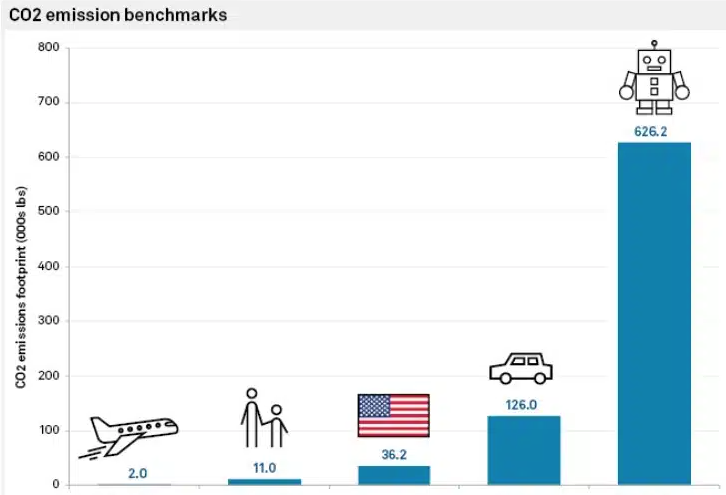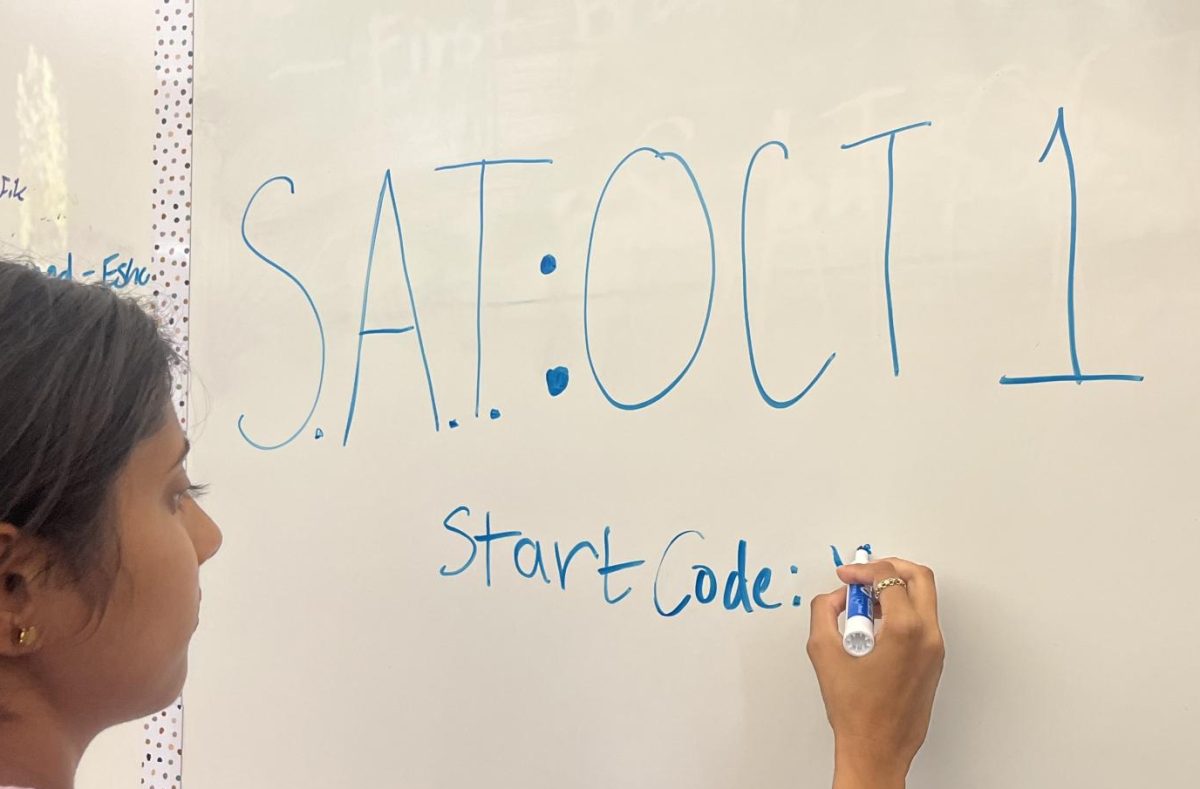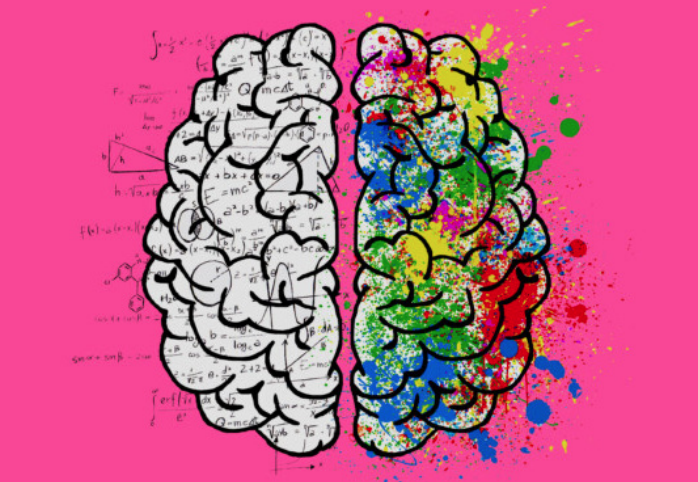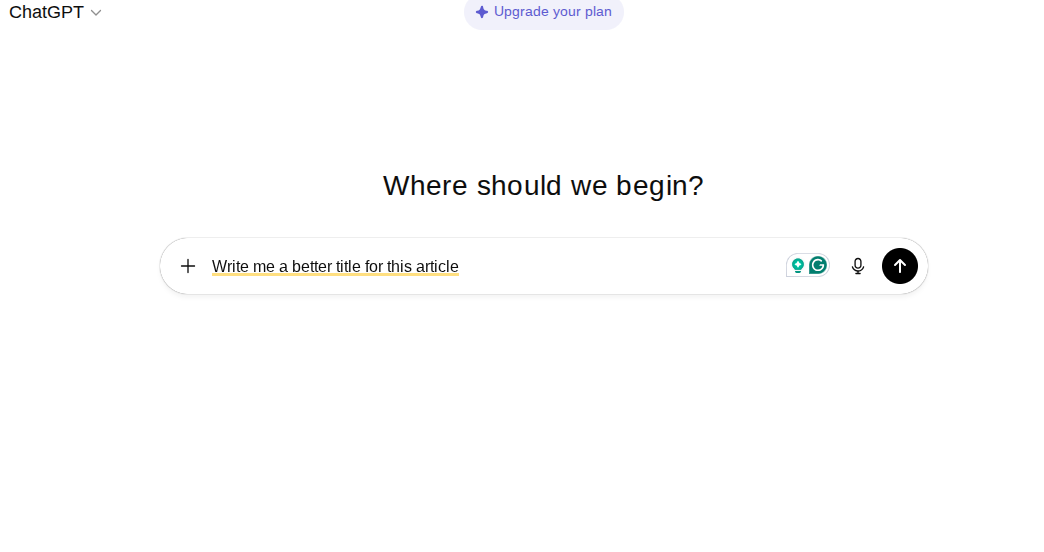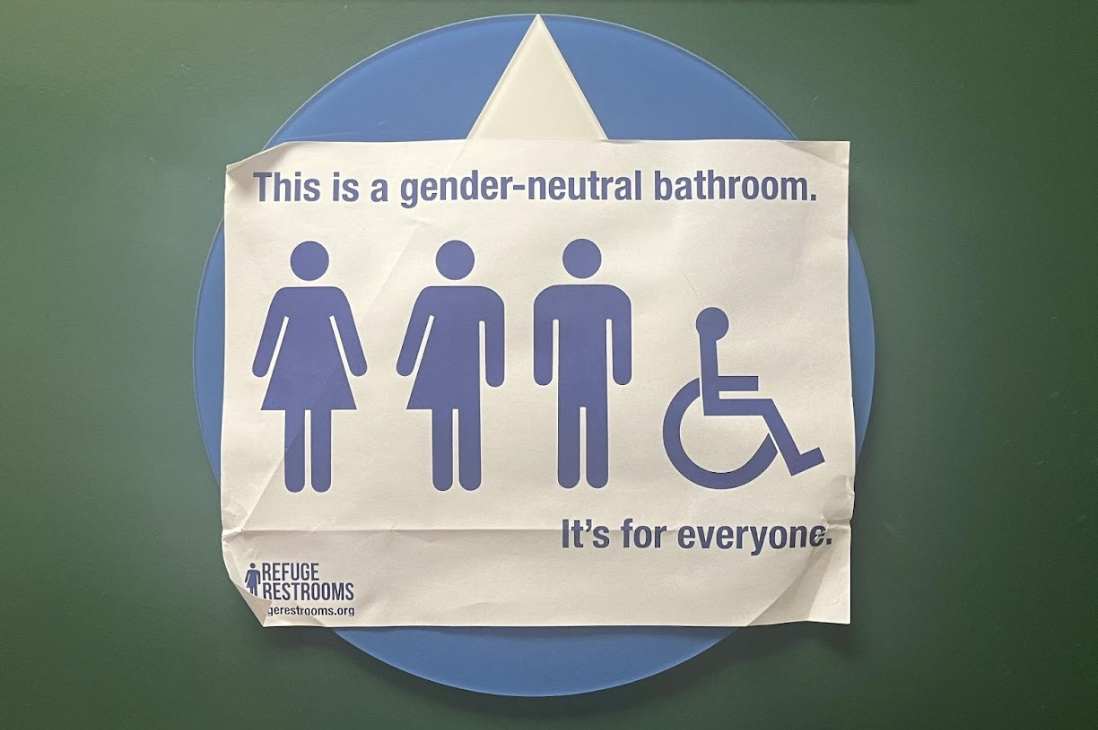In 2011, a cute green owl became the mascot of an app that would later become wildly popular. That app was Duolingo, and its rise to fame, along with the rise in language-learning apps in general, begs the question of whether or not an app can actually make anyone fluent in another language.
Apps like Duolingo, Rosetta Stone and Babbel gamify the learning process, making it easier for people to get into and stay motivated about learning. Research done into the efficacy of Duolingo showed that after four weeks, eight out of 10 new learners are more motivated to learn than they previously were. Clearly, gamifying language learning is effective at keeping learners engaged.
However, making language learning into a game comes at a cost. In real life, languages are like living things, not games, and they certainly can’t be broken down into bite-sized levels. Learning a language should be an organic endeavor in which learners learn through exposure and practice.
“Mass amount of input constantly” is the slogan of Granite Bay High School AP Spanish teacher Grant Adams.
His slogan encourages a kind of learning that is not quick and easy like a game. It’s a method that is more time consuming but also far more rewarding. By reading and listening to a foreign language every day, it becomes less and less foreign and more and more familiar.
Along with a “mass amount of input,” learners should actively practice their language by speaking and writing in various contexts. The AP Spanish test, for example, includes interpersonal and presentational modes of writing and speaking. For the College Board, being able to speak and write spontaneously without having your hand held demonstrates true fluency in a language.
In contrast, language-learning apps hold your hand too much, making you regurgitate sentences or phrases instead of training you to come up with your own. For instance, Duolingo’s exercises mostly include translating sentences back and forth or saying sentences that are already provided for you.
Now it might seem as though language-learning apps are completely useless, but that’s not necessarily the case. They do provide the input of listening and reading that Adams advises, and they also help to teach vocabulary.
Can an app make you fluent in a language? No, but it can be a helpful resource to get you part of the way there.
I recommend Babbel because it teaches speaking, listening, reading and writing. According to a 2016 study by Roumen Vesselinov and John Grego, 92% of participants increased their proficiency in a language. Babbel is better than some other apps because of its variety of teaching methods. However, Babbel’s free services can be limited and aren’t particularly helpful if you already have an intermediate understanding of the language.
Ultimately, it doesn’t matter too much which app you use; they all tend to have the same kind of effect. They’re helpful for quick practice, but not for laying the foundations of language learning.
I also recommend Hello Talk, which is like a language exchange program in the form of an app, allowing you to connect with real speakers of your target language. This helps with practicing writing and speaking in a spontaneous manner, and you also get to help someone out with their English, or whatever other language you speak, in the process. Hello Talk helps fill in crucial gaps left by other apps by giving you a chance to practice your language for real.
As helpful as these apps might be, I don’t think any combination or cocktail of apps alone can give you fluency. The most important thing is practice outside of the apps and use them only as a resource, not a cure-all for your language ills.




